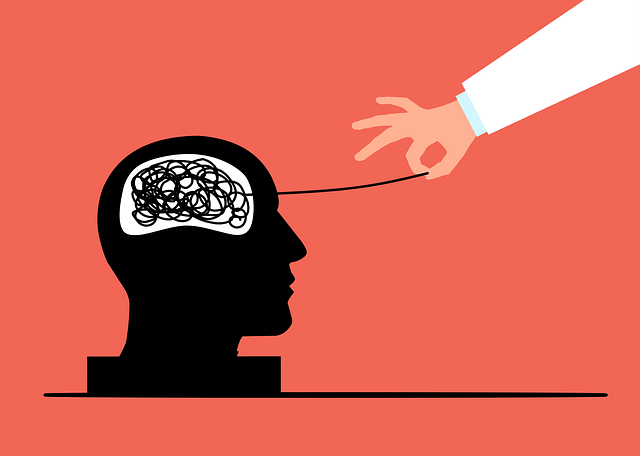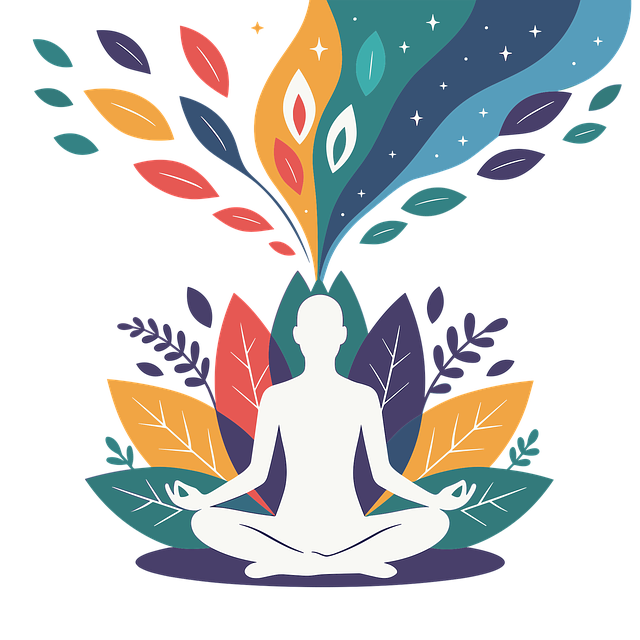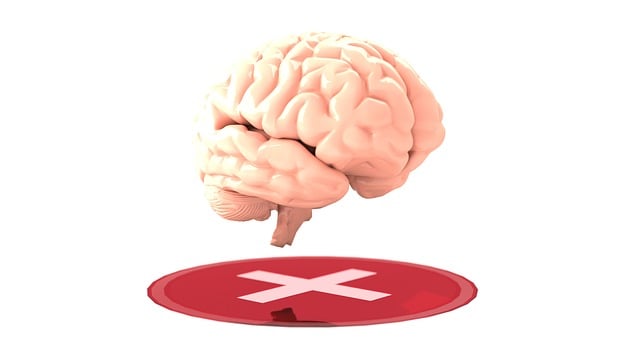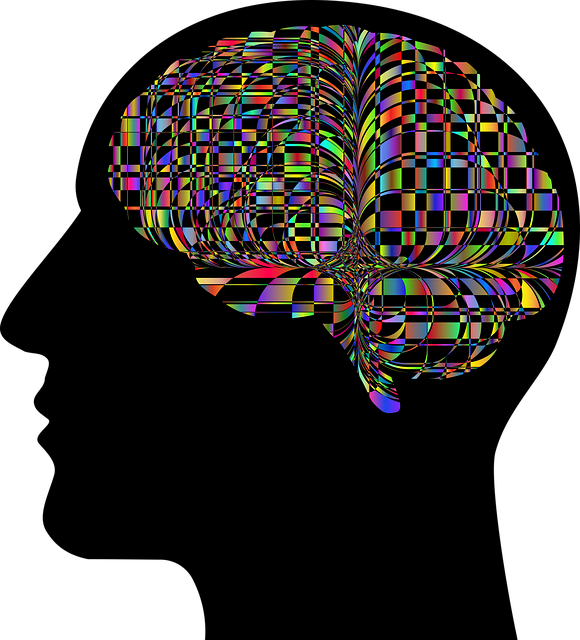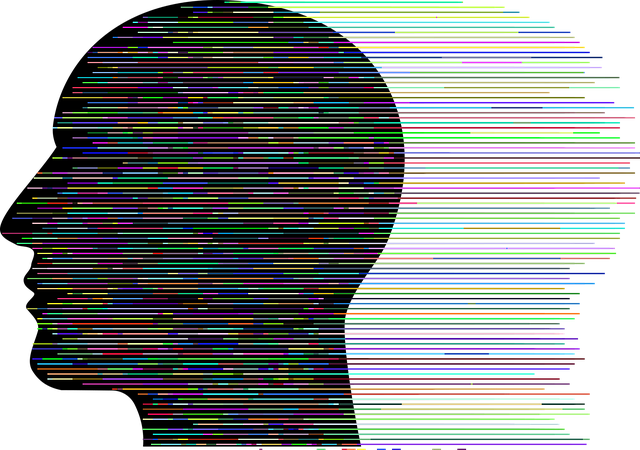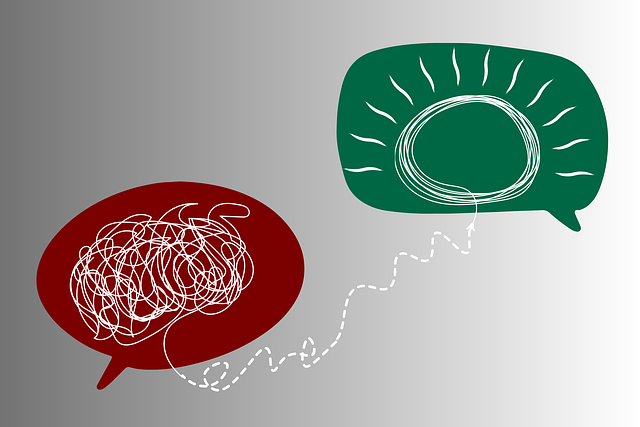Centennial Neuro Disorders Therapy (CNDT) prioritizes comprehensive mental wellness evaluations, utilizing standardized metrics for symptom tracking, coping skills development, and self-care routine establishment. Participant satisfaction and engagement are also crucial, guiding program adjustments. While traditional methods offer insights, CNDT researchers complement these with innovative strategies like digital data collection, qualitative interviews, focus groups, and community feedback to capture nuanced improvements. Interactive workshops further enhance evaluation by assessing both individual and community-level impacts.
“Uncover effective evaluation methods for mental wellness programs, including innovative strategies that go beyond traditional assessments. This article explores the crucial process of evaluating the success of therapeutic interventions, particularly in the context of Centennial Neuro Disorders Therapy. We delve into understanding mental wellness initiatives and their unique evaluation needs. From conventional techniques to cutting-edge approaches, discover how to measure program effectiveness, ensuring optimal patient outcomes and tailoring treatments for better health.”
- Understanding Mental Wellness Programs and Their Evaluation
- Traditional Assessment Techniques for Neuro Disorders Therapy at Centennial
- Innovative Approaches to Evaluate Program Effectiveness
Understanding Mental Wellness Programs and Their Evaluation

Mental wellness programs are designed to support individuals in managing and improving their mental health and overall well-being. These programs often encompass various therapeutic approaches, such as Centennial Neuro Disorders Therapy, aimed at addressing specific challenges like anxiety, depression, or trauma. Evaluation methods play a crucial role in understanding the effectiveness of these initiatives, ensuring they meet the unique needs of participants, and facilitating continuous improvement.
Comprehensive evaluation involves assessing both the program’s outcomes and process. Key metrics include measuring improvements in symptoms, coping skills development, self-care routine establishment for better mental health, and boosts in confidence. This can be achieved through standardized questionnaires, interviews, or observations. Additionally, evaluating participant satisfaction, engagement, and feedback helps refine the program structure and delivery methods. By employing such evaluation strategies, organizations like those offering Centennial Neuro Disorders Therapy can tailor their services, fostering more meaningful and impactful experiences for those seeking support for their mental wellness journeys.
Traditional Assessment Techniques for Neuro Disorders Therapy at Centennial

At Centennial Neuro Disorders Therapy, traditional assessment techniques play a pivotal role in understanding and treating mental health conditions. These methods include comprehensive evaluations such as cognitive assessments, psychometric tests, and structured interviews. Therapists employ these tools to gain insights into patients’ thinking patterns, emotional states, and functional abilities. By utilizing standardized measures, the therapy team can accurately diagnose neurodisorders and tailor interventions accordingly.
The process involves meticulous documentation and analysis of patient history, symptoms, and progress over time. This data-driven approach enables therapists to make informed decisions, adapt treatment plans, and track the effectiveness of various strategies like communication techniques, empathy building, and burnout prevention for healthcare providers. Through these traditional assessment methods, Centennial Neuro Disorders Therapy ensures personalized care, fostering better outcomes for individuals navigating neurodisorders.
Innovative Approaches to Evaluate Program Effectiveness

In the realm of mental wellness program evaluation, innovative approaches are necessary to accurately gauge the effectiveness of interventions, especially in addressing complex neurodisorders like Centennial Neuro Disorders Therapy. Traditional methods often fall short in capturing the nuanced improvements that such programs aim to foster. Thus, moving beyond conventional metrics, researchers and practitioners are exploring creative strategies. For instance, leveraging digital platforms for data collection enables real-time tracking of participant progress and engagement, providing valuable insights into program impact.
Additionally, integrating diverse evaluation techniques such as qualitative interviews, focus groups, and community feedback mechanisms enriches the assessment process. These methods offer a holistic view by capturing not just numerical changes but also the subjective experiences and social dynamics influenced by programs like Centennial Neuro Disorders Therapy. Furthermore, incorporating aspects of Burnout Prevention and Public Awareness Campaigns Development through interactive workshops or Social Skills Training sessions can provide an opportunity to evaluate not only individual outcomes but also community-level impacts, ensuring comprehensive program evaluation.
In evaluating mental wellness programs, such as those offered by Centennial Neuro Disorders Therapy, a combination of traditional assessment techniques and innovative approaches is essential. While standardized tests and clinical interviews provide valuable insights, newer methods like digital health metrics and neurofeedback offer promising avenues for understanding program effectiveness. By adopting these diverse evaluation strategies, professionals can gain a holistic view of patient progress, ensuring tailored interventions and improved mental wellness outcomes.


